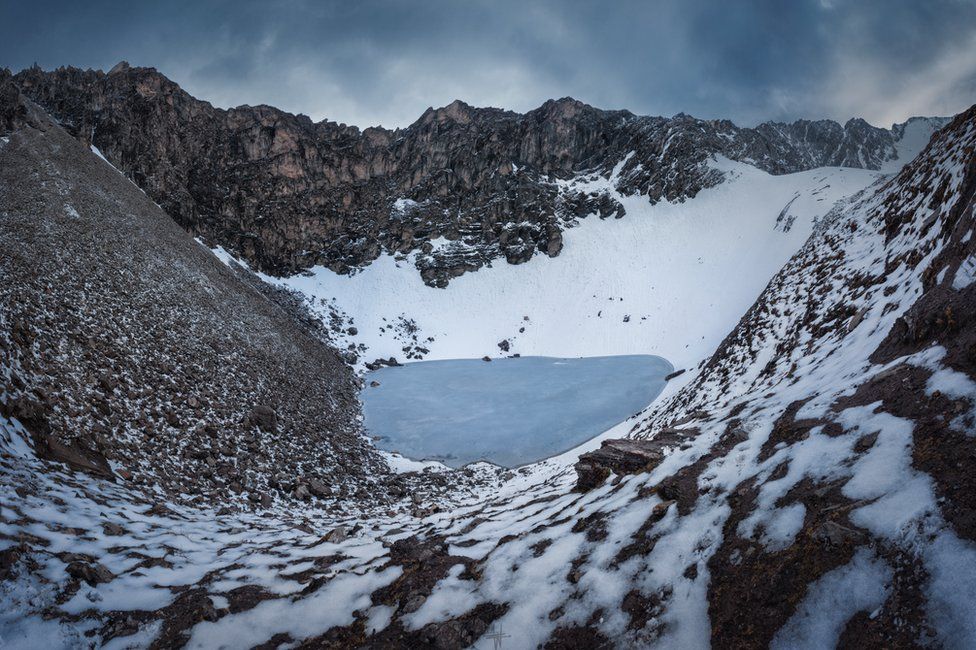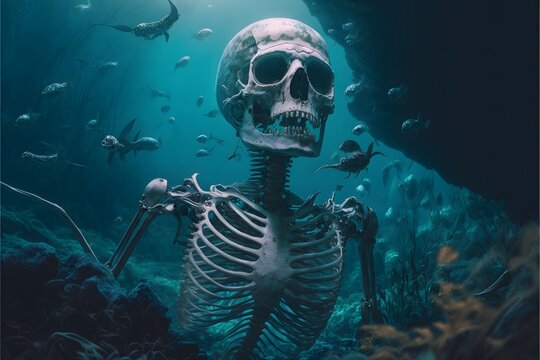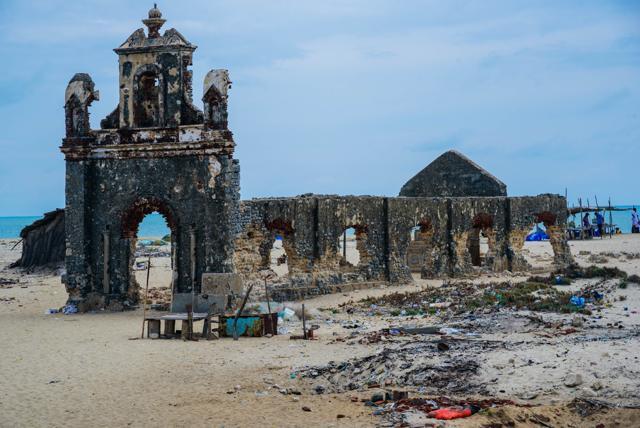Mystery of Skeleton Lake in Himalayas.
There are many lakes in India and all of them have a long history around. Many natural have been the site of civilisation and that's how humans got an idea of making artificial lakes and make fresh settlements which later became cities as the population grew!
Most mysterious of all the lakes is Roopkund, also known as "Skeleton Lake" which is a glacial lake located in the Indian state of Uttarakhand, in the Himalayas. The lake is located at an altitude of 5,029 meters (16,499 feet) above sea level, and it is surrounded by snow-capped peaks.
The area around Roopkund Lake is known for its rugged terrain, high altitude, and stunning natural beauty. The lake is located in the Chamoli district of Uttarakhand, in the Nanda Devi Biosphere Reserve, which is a UNESCO World Heritage Site.
Roopkund Lake is known for the mysterious presence of hundreds of human skeletons that are visible at the bottom of the lake. The skeletons are believed to be from a time between the 12th and 15th centuries AD and are thought to be the remains of a group of travellers or pilgrims who died in a severe hailstorm.
Several scientific expeditions have been conducted to study the remains and gather more information about the people who perished there. Some theories suggest that the group may have been a royal entourage, or soldiers on a mission. However, the exact identity of the people and the circumstances of their deaths remain a mystery.
In recent years, Roopkund Lake has become a popular destination for trekkers and adventurers who are drawn to the lake's unique history and natural beauty. However, efforts are being made to preserve the site and limit the impact of tourism on the fragile ecosystem.
Since the discovery of the skeletions in 1940,the mystery of the Roopkund Lake skeletons has fascinated researchers, historians, and adventure enthusiasts for more than 70 decades now. Despite numerous investigations and expeditions, many questions about the identity of the people who died there and the circumstances of their deaths remain unanswered.
There are several reasons why the mystery of Roopkund Lake remains unsolved. One reason is that the remains are scattered and disarticulated, which makes it difficult to determine the number of individuals who died and the cause of death. The remains are also heavily fragmented, making it challenging to conduct DNA analysis or other forms of forensic examination.
Additionally, the remote location and harsh terrain around the lake have made it difficult for researchers to conduct extensive investigations. The area is only accessible during a brief window in the summer months when the snow melts and ice of the lake thaws, the region is prone to severe weather conditions and natural disasters such as avalanches.
Furthermore, the remains are believed to be several centuries old, which makes it challenging to piece together the historical and cultural context in which the deaths occurred. The absence of written records or historical accounts further complicates the investigation.
Overall, the mystery of Roopkund Lake is a complex and challenging one, and solving it will require a multidisciplinary approach that combines scientific investigation, historical research, and cultural analysis.
What are your thoughts on it? Have you heard about this lake before?




No comments:
Post a Comment